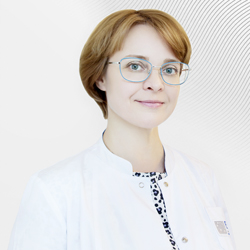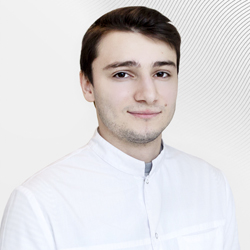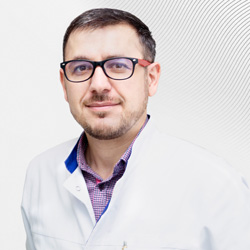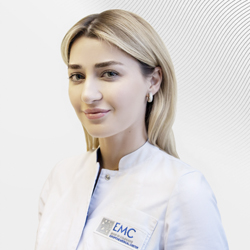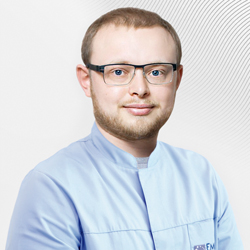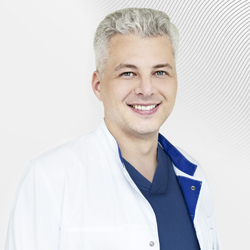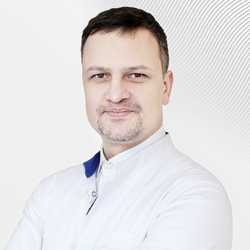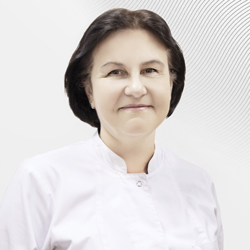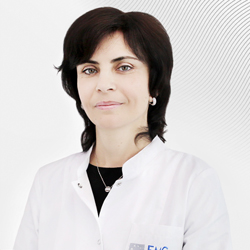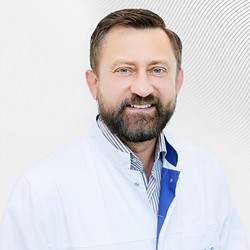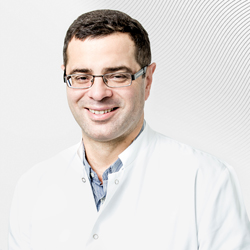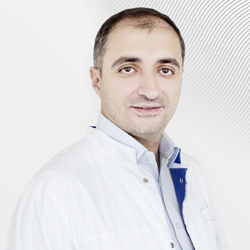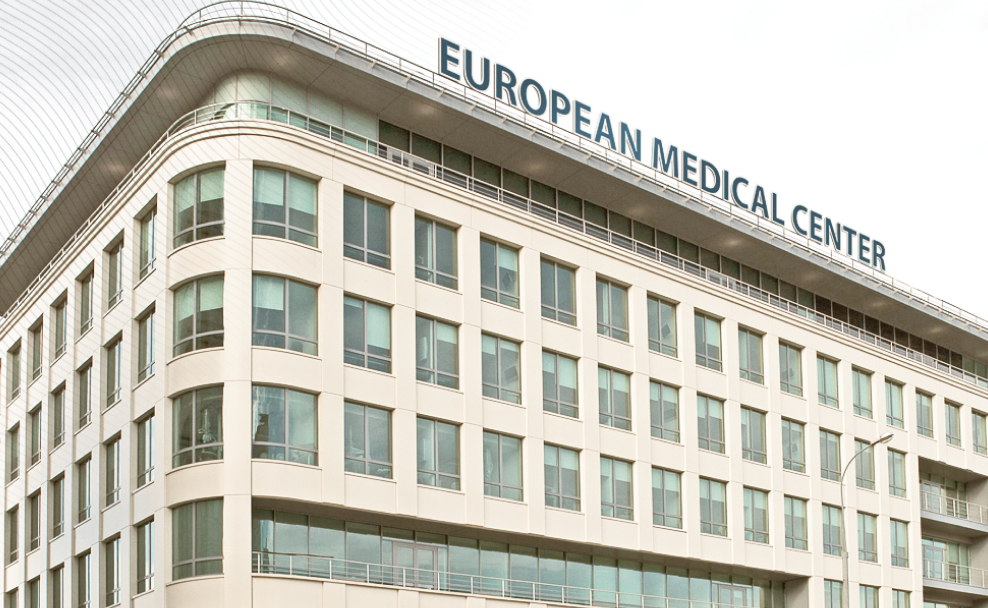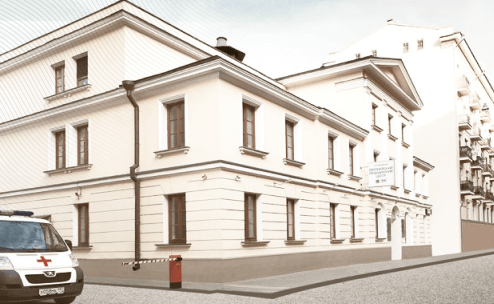Остеонекроз – процесс разрушения или отмирания клеток костной ткани. Известно несколько причин, ввиду которых развивается остеонекроз. Самой распространенной из них является лечение препаратами бисфосфонатного ряда. Они являются основным средством лечения при...
Author: Roman Kutsenko,
maxillofacial surgion, M.D., PhD
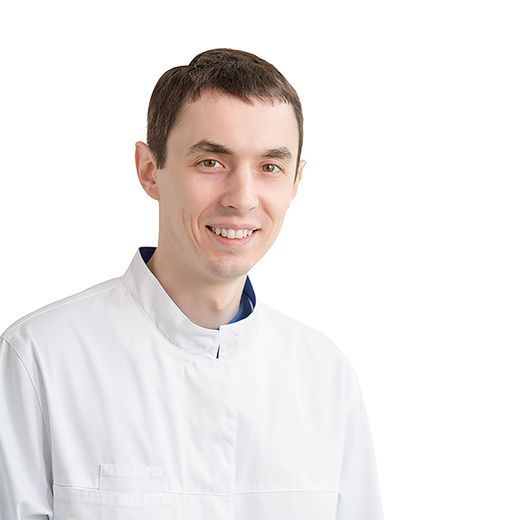
Osteonecrosis is the process of bone cells destruction or dying.
Types of osteonecrosis of the jaw
Commonly 3 types of osteonecrosis are distinguished:
-
Desomorphine osteonecrosis. Necrosis of the facial skeleton bones associated with the intake of synthetic drugs, such as pervitin or desomorphine.
-
Bisphosphonate osteonecrosis. A necrotic process in the bone tissue, associated with metabolism features and the effects of bisphosphonate medication prescribed for osteoporosis or cancer.
-
Radiation osteonecrosis. May occur in a few years in the zone of radiation therapy used for the treatment of cancer.
Causes of osteonecrosis
There are several reasons why osteonecrosis develops. The most common cause is bisphosphonate treatment. Bisphosphonates are the main treatment for:
-
osteoporosis,
-
bone pathologies associated with impaired calcium metabolism,
-
conditions with increased bone resorption,
-
bone damage by metastases of malignant neoplasms of various localizations.
Bisphosphonates are included in the combination therapy of patients with various oncological diseases.
Osteonecrosis of the jaw is a serious complication that occurs in patients taking bisphosphonates, after almost any dental intervention: professional hygiene, tooth extraction, dental implantation, etc.
The duration of the accumulation of the drug in the bone tissue and the type of drug used are also important for the development of this complication. According to some data, even the generation of the bisphosphonates used is of importance.

Symptoms of osteonecrosis
The first sign of osteonecrosis of the jaw is facial pain. Then appear inflammation of the soft tissues, bleeding of the gums, periodontitis, mobility of the teeth adjacent to the focus of inflammation, impaired sensitivity in the area of inflammation.
Over time, part of the affected bone is getting exposed, forming a growing ulcerative defect of the oral mucosa. In some cases, among the manifestations of osteonecrosis of the lower jaw are fistulas on the face and neck. As the pathological process develops and deepens, spontaneous (pathologic) jaw fractures may occur.
Diagnosis of osteonecrosis
Osteonecrosis is diagnosed during clinical examination. Computed tomography helps to determine the degree of damage, prevalence of the pathological process, presence of fractures, loose bone fragments (sequesters).

How to treat osteonecrosis
Treatment of osteonecrosis is aimed at preventing the occurrence of septic complications and the progression of bone tissue destruction.
Drug therapy
Drug therapy comes to comprehensive anti-inflammatory treatment. This includes untake of broad-spectrum antibiotics, antihistamines, use of antiseptics for rinsing the mouth cavity. In case of pain, analgesics are prescribed.
Operative intervention
The main method of treatment is surgery.
In some cases, active surgical tactics aimed at removing necrotic bone tissue within visually healthy bone is applicable.
Sometimes doctors act more conservatively, performing only removal of loosely localized sequesters.
As a rule, at the first stage, necrotic tissue is removed, and treatment aimed at stopping the inflammatory process in the surrounding tissues is carried out. The second stage is reconstructive surgery, the purpose of which is to replace the defect or deformity of the maxillofacial area formed by the inflammatory process.
Osteonecrosis prevention
Prevention of osteonecrosis involves specifical treatment of the oral cavity wounds during surgical procedures. These wounds are potential trigger points for the onset of a necrotic process.

 Write to WhatsApp
Write to WhatsApp


